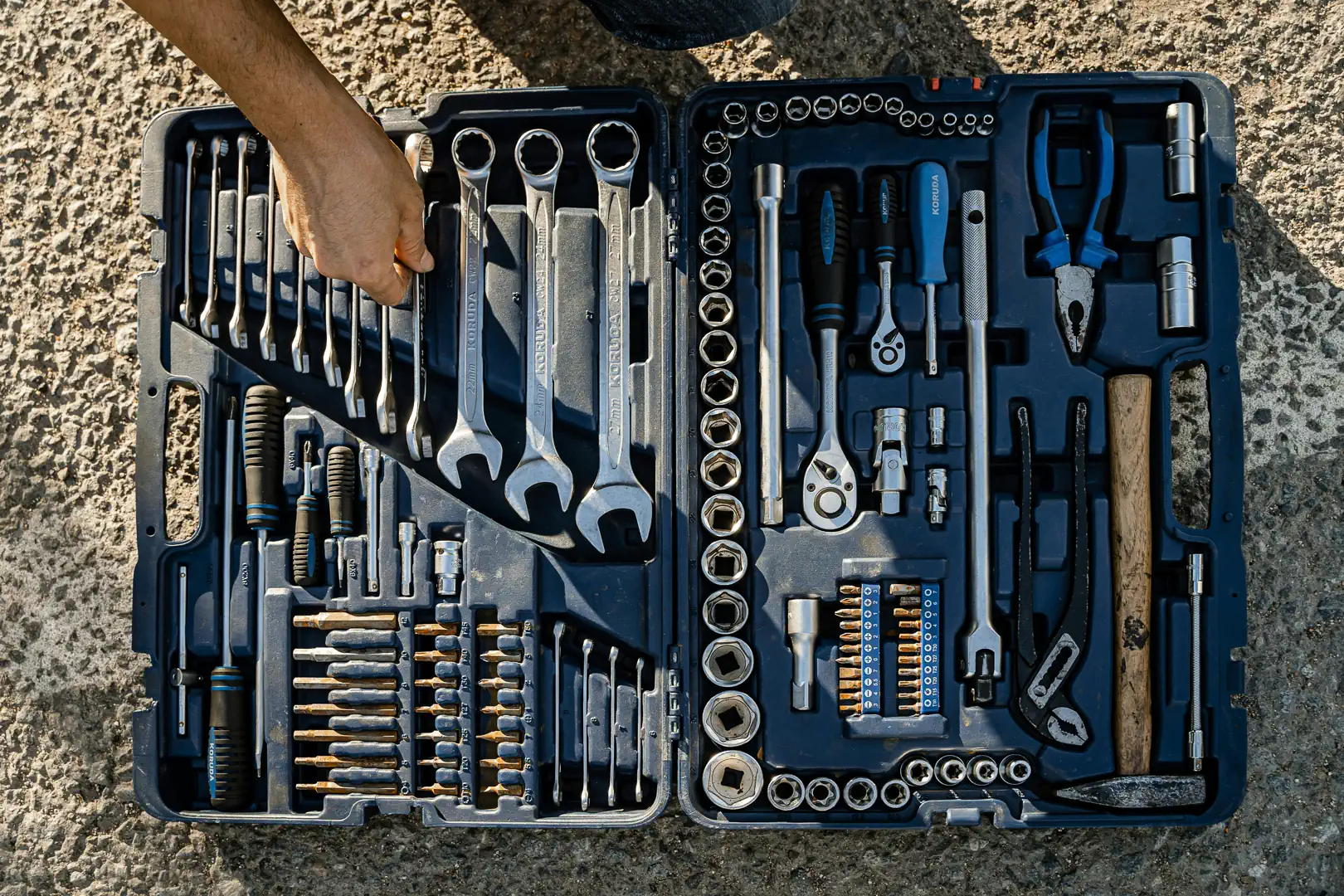Modern motorcycles are packed with advanced technology, including Over-the-Air (OTA) software updates that let manufacturers fix or improve your bike’s computer systems without requiring a trip to the dealership. These systems control everything from engine performance to safety features like anti-lock brakes and traction control.

OTA updates mean your bike can stay in top shape without downtime, which is a huge plus for riders who live for spontaneity and the open road. They also allow manufacturers to enhance safety-critical systems, potentially reducing the risk of accidents caused by software glitches. However, these updates can happen without your knowledge or consent, which raises questions about who really controls your motorcycle’s systems.
While OTA updates are convenient, they open the door to serious cybersecurity risks. Hackers could exploit these connected systems, causing problems ranging from minor annoyances to dangerous failures.
For example, a cyberattack might disrupt data transfers, leading to incomplete updates that cause error codes or system glitches. More alarmingly, hackers could disable your bike’s ignition, making it impossible to start, or tamper with engine settings, causing it to run poorly or stall unexpectedly. They might also bypass theft protection systems, leaving your bike vulnerable to theft, or interfere with smart features like GPS or rider-assist technologies. In the worst cases, a hack could compromise safety systems, such as braking or stability controls, putting you at risk on the road.

Because OTA updates often happen silently, you might not realize your bike has been hacked until a critical system fails. This makes robust cybersecurity and reliable data networks essential to keep riders safe.
The Right to Repair movement adds another layer of complexity. This push aims to let you fix your own motorcycle or take it to an independent shop instead of being forced to use the manufacturer’s dealership. For enthusiasts who love wrenching on their bikes, this sounds like a win.
However, sharing repair data and tools could weaken the cybersecurity protections built into your bike’s systems. If manufacturers must give you or your mechanic the same access to sensitive data as their dealers, it might create openings for hackers to exploit. This potential conflict with cybersecurity standards is a growing concern as Right to Repair gains traction.
Several standards already guide vehicle cybersecurity, and they’re critical to understanding this issue:
- ISO/SAE 21434:2021: This international guideline, though voluntary, sets out how manufacturers should manage cyber risks. It covers identifying threats, building security into designs from the start, handling vulnerabilities, responding to incidents, and maintaining electronic systems throughout a vehicle’s life. For motorcycles, this might mean securing the software that controls your fuel injection or rider modes.
- UNECE R155: In countries where it’s adopted (like many in Europe), this regulation requires manufacturers to have a cybersecurity management system from design to production and beyond. It ensures bikes meet security standards and are marked as compliant, giving riders confidence in their machine’s safety.
- NHTSA Guidelines (2020): In the U.S., these voluntary recommendations include 45 general and 23 technical best practices, many drawn from ISO/SAE 21434. They emphasize tracking software and hardware, like sensors or ECUs, to quickly address vulnerabilities. For example, manufacturers should know exactly which components are in your bike so they can fix issues if a software flaw is found in off-the-shelf parts.
These standards aim to keep your bike’s systems secure, but Right to Repair laws could complicate things. At the state level, these laws vary widely, with only one state currently proposing to include motorcycles in its rules. The industry has pushed back, filing lawsuits to block these measures, arguing they could undermine safety and security. Despite this, advocates for Right to Repair are gaining ground, driven by riders and consumers who want more control over their vehicles.

At the federal level, two bills are shaping the debate: H.R. 1566 (REPAIR Act) in the House and S. 1379 in the Senate. H.R. 1566 requires manufacturers to give owners and independent shops access to the same vehicle data as dealers, including data from onboard diagnostics (OBD) or OTA systems. This data must have the same cryptographic protections to prevent unauthorized access.
Unfortunately, if these protections must be shared, it could make systems more vulnerable to hacking. Section 8 of H.R. 1566 also prohibits states from enforcing conflicting laws, which could limit state-level flexibility. Both bills ban manufacturers from requiring specific tools, parts, or equipment without clearly stating that you, the owner, have the final say.
The Senate’s S. 1379 goes further, restricting software updates that disable aftermarket or non-OEM parts unless ordered by the National Highway Traffic Safety Administration (NHTSA). This protects riders who customize their bikes with aftermarket exhausts, handlebars, or electronics.

For manufacturers, complying with these laws while maintaining cybersecurity is no small task. They must track every piece of software and hardware in your bike to quickly address vulnerabilities, especially in off-the-shelf components, such as sensors. This inventory management is complex and costly, particularly if repair data must be shared widely.
Other challenges include unreliable internet connections, outdated electronic control units (ECUs) in older bikes, limited network capacity in rural areas, and inconsistent security systems across different manufacturers. These can all disrupt OTA updates, leaving your bike’s systems vulnerable or outdated.
Balancing your right to repair with the need to protect your motorcycle from cyber threats is a tough challenge. As legislation moves forward, manufacturers, regulators, and riders must navigate these issues carefully to ensure your bike stays safe, secure, and ready to ride. The industry’s lawsuits and the patchwork of state laws only add to the complexity, leaving riders to wonder how these changes will affect their ability to maintain and customize their machines.






